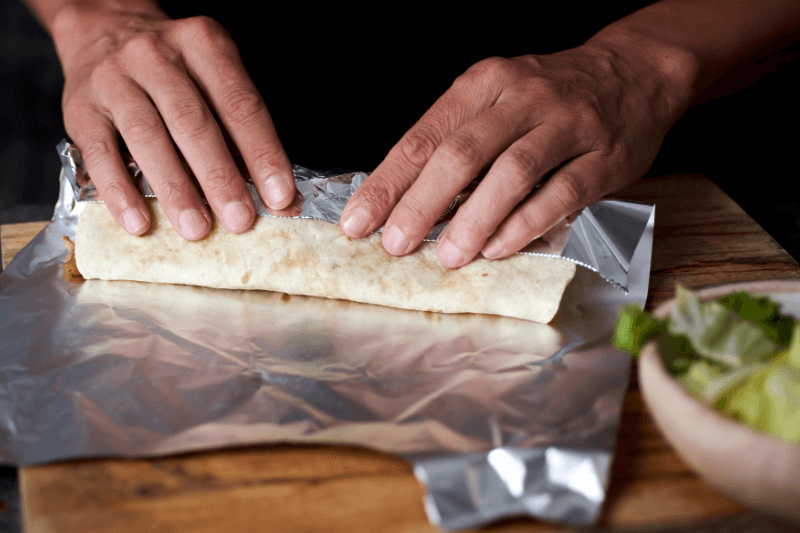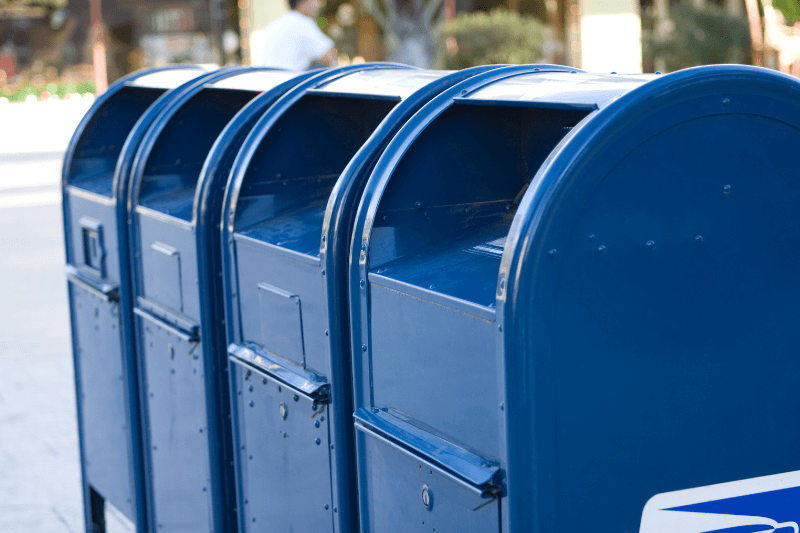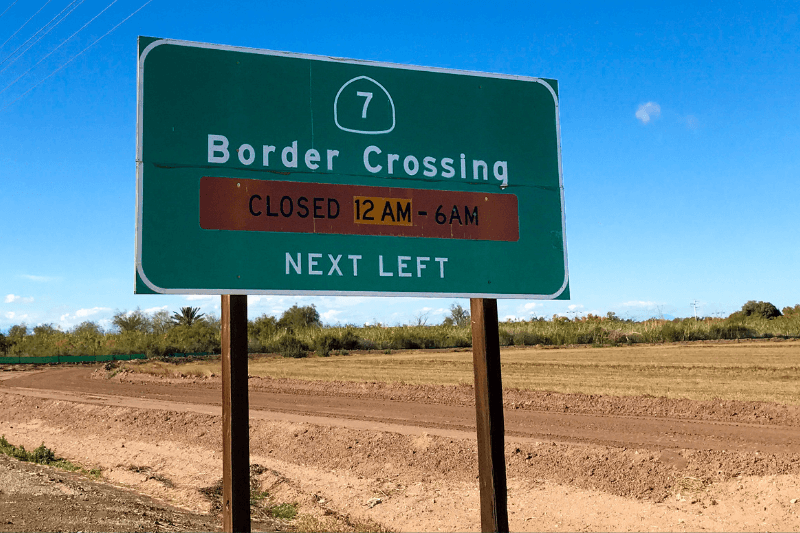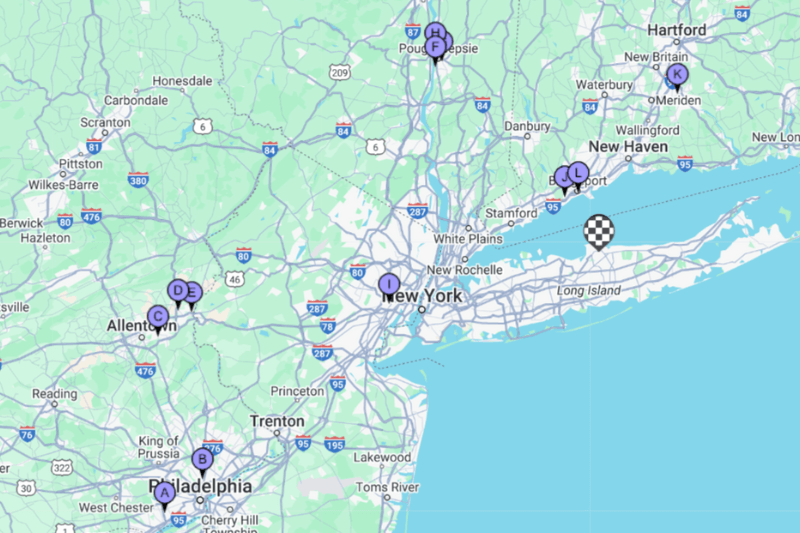The Secret Behind Your Valentine’s Day Flowers
January 08, 2020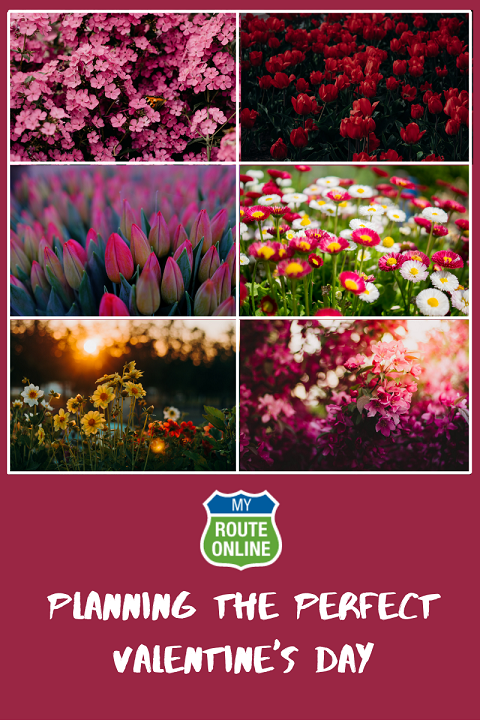
With the day of love just around the corner, people around the world are getting ready to make this day a little sweeter for their special someone. As on Valentine’s day, nothing says ‘I love you’ better than a fresh cut bouquet of your partner’s favorite blooms.
While Valentine’s day itself is filled with hearts, flowers, candies, and gifts, the lead up to this special day isn’t as sweet for those involved in the floral industry. Few other holidays bring with them such specific expectations as Valentine’s Day, and for those workers involved in the floral industry, there’s no avoiding the hard work and anxiety that comes along with making this romantic holiday perfect.
With that in mind, we’ve decided to express our gratitude to all those hard-workers, and show you what really goes into getting you those beautiful flowers.
Growers
Did you know, about 90% of all flowers sold in North America come from three places, Columbia, Ecuador, and California? The remaining 10 percent include countries such as Mexico, South Africa, Kenya, Ethiopia, The Netherlands, and Kenya. In general, cut-flowers are predominantly grown in countries with warmer climates and prime soil conditions, as these conditions are ideal for flower growing throughout most of the year.
For farmers to be able to grow flowers, they must enlist the help of tools, the right fertilizers, pesticides, water irrigation systems, and orchestrate all this towards the seasons – while ensuring they are practicing good floriculture to ensure they are not negatively impacting the environment. Meaning, there is a lot of planning, research, and third-party help that goes into just one flower farm. Without all these elements, farmers would be left unable to perform adequately, and when faced with problems, such as diseases in the flowers, farmers would find their whole crop ruined.
Additionally, the life of a flower farmer isn’t filled with much laborious work, rather it involves a lot of research and consistency. Flowers are a very fruitful crop, that demand regular care, especially as the different plants call for a different growing approach. Therefore, armed with their knowledge farmers take to the fields, and either harvest, fertilize or care for their flowers to ensure they are in prime condition when it comes to harvesting season.
Distributors
Flowers don’t have a long shelf life, so once harvested, the measures taken are crucial to ensure that the flowers are delivered to their final destination as fresh, and as fast as possible.
Depending on where they were grown there are a number of ways the flowers can be transported onwards to the consumer. Most of the time, flowers come from other countries, therefore, the shortest route is planned and flowers are cut, bunched, packed in flat boxes, and shipped in the cargo of an aircraft. Without the hard work of those packing, and managing and flying the aircraft we wouldn’t have many of the beautiful arrangements we have today.
Additionally, some farmers, arrange and sell directly from their farm and wholesale flower markets – who then sell to florists. Others, send to packing companies who arrange them for sale.
But, before the flowers reach the consumer, they are inspected by the Department of Agriculture to ensure that they are bug-free. Once, this is done, they are then loaded onto refrigerated trucks that deliver the flowers to wholesale markets, and florists. All these efforts are in place to increase the consumer’s enjoyments of fresh flowers from the point of purchase.
Retailers
Whether you buy your flowers from wholesalers, supermarkets, florists, or anywhere else, rest assured that there are a number of people working hard to ensure your flower arrangements are up to standards.
Florists are hardworking and extremely dedicated to their craft. Not only must they take good care of their flowers but also, they must handle deliveries, marketing, special holidays planning, credit card processing, and so on.
From package designers to flower shop staff, to delivery couriers, there are quite a few people involved in creating and delivering the beautiful floral arrangements to your doorstep. Therefore, we owe these hard workers a thank you, for their on-going hard work and care.
Final Note
So, there you have it! From the person that sells the pesticide, to the pilot, to the truck driver, there are countless workers involved in the floral industry that without which we wouldn’t be able to make the day of love even sweeter.
Therefore, the next time you go to pick up your beautiful flower bouquet, take a moment to think about all the people involved in getting your flowers to you – you’ll appreciate the flowers even more.
From us at MyRouteOnline, we would like to say a huge thank you to everyone who contributed to the flowers we receive on Valentine’s Day, as without your hard work none of this would be possible.
Try our Online Route Planner for Free!



